Blue Venus
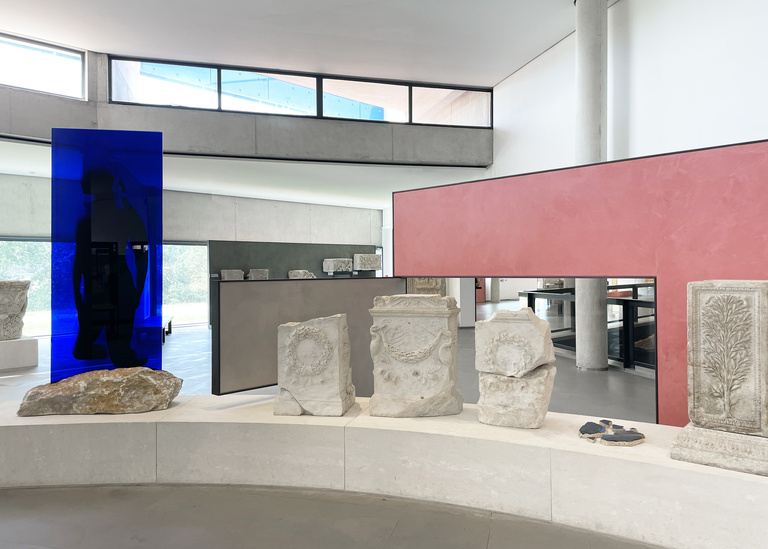
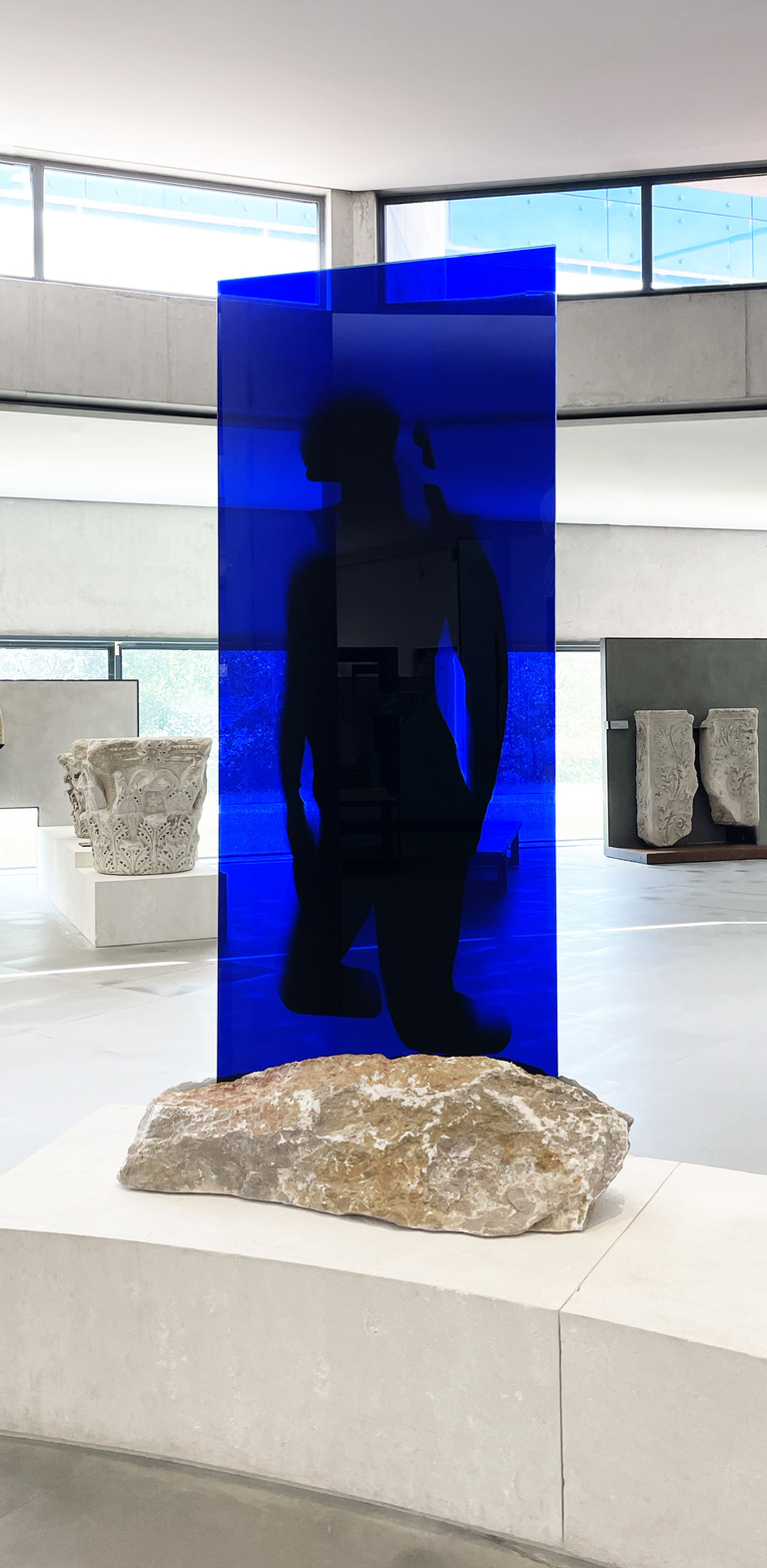

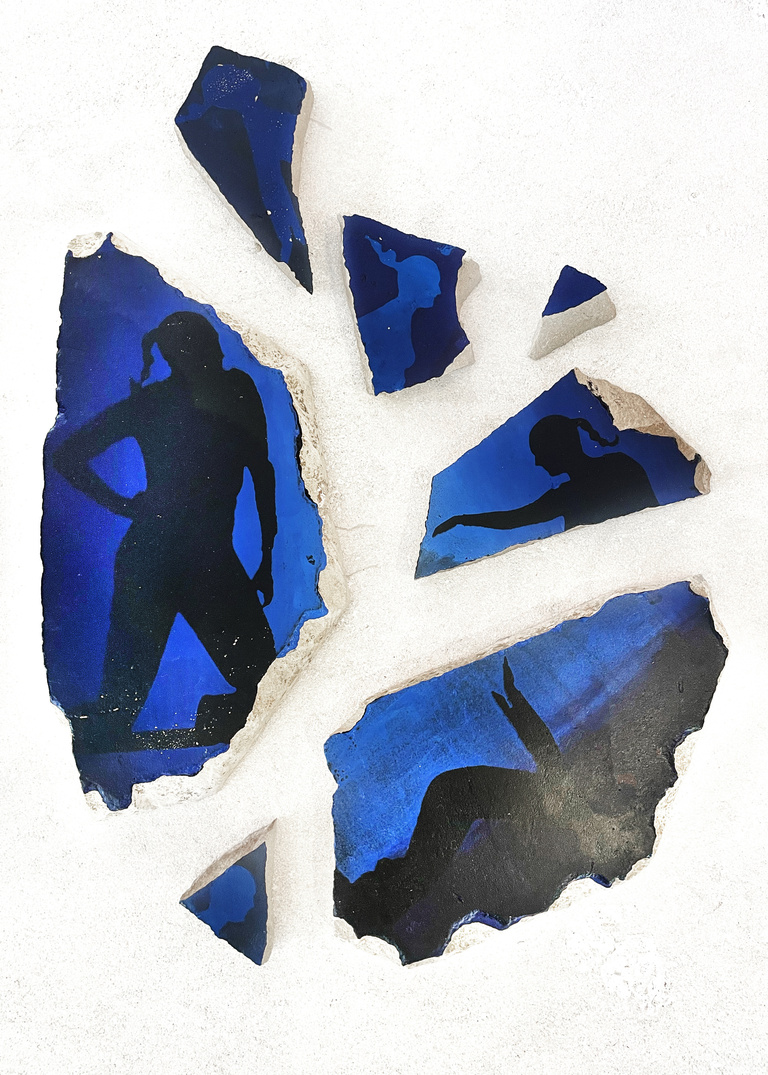
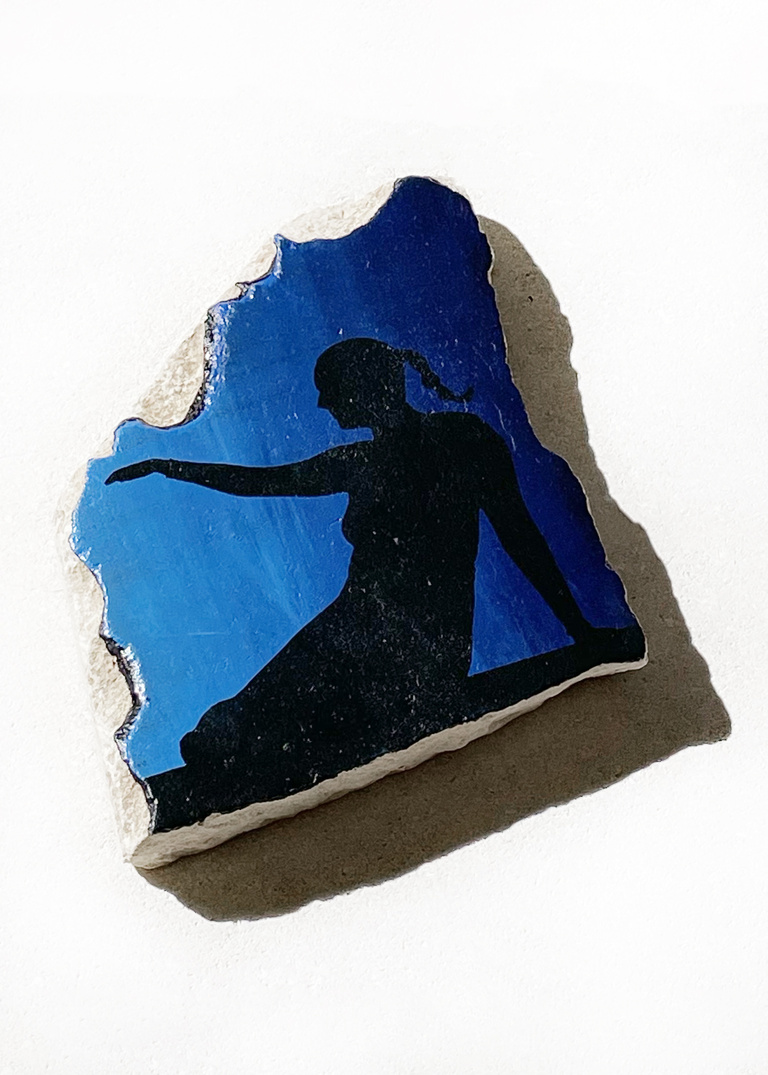
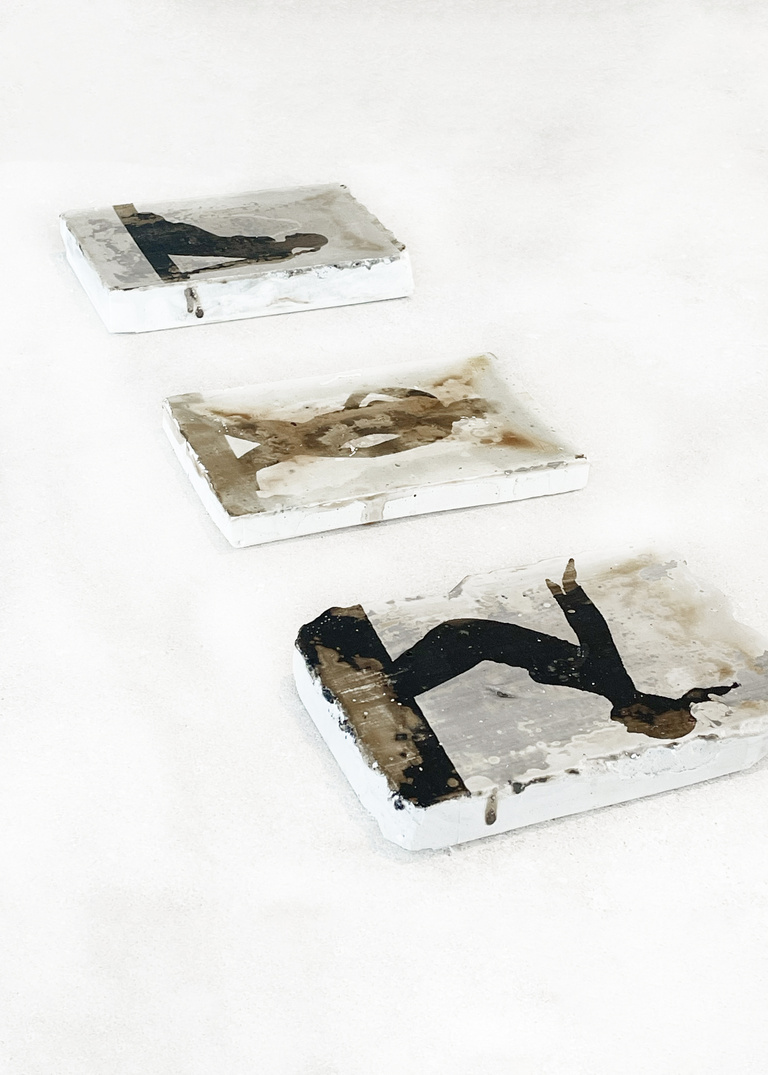
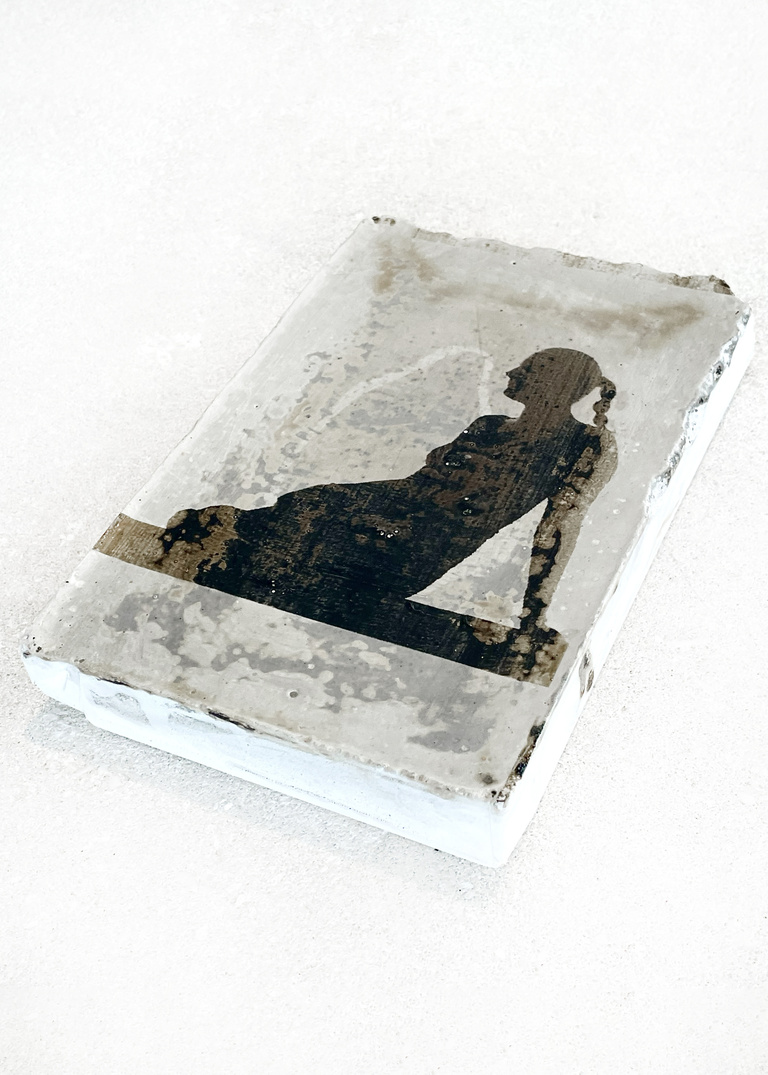
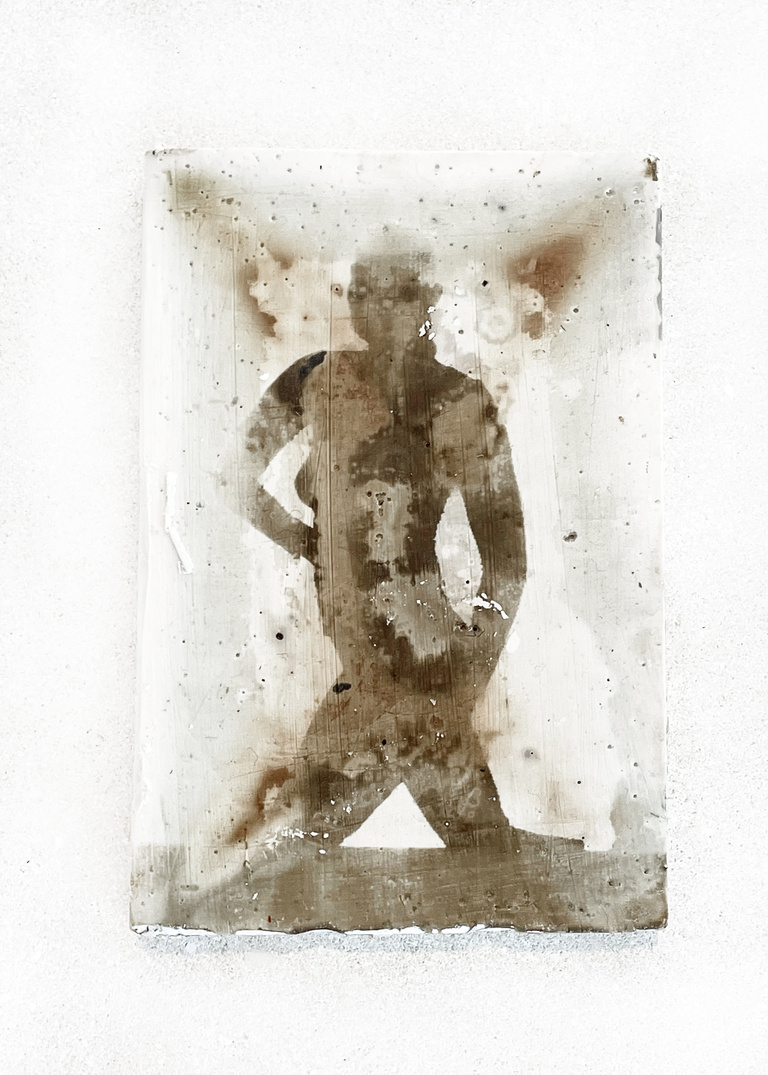
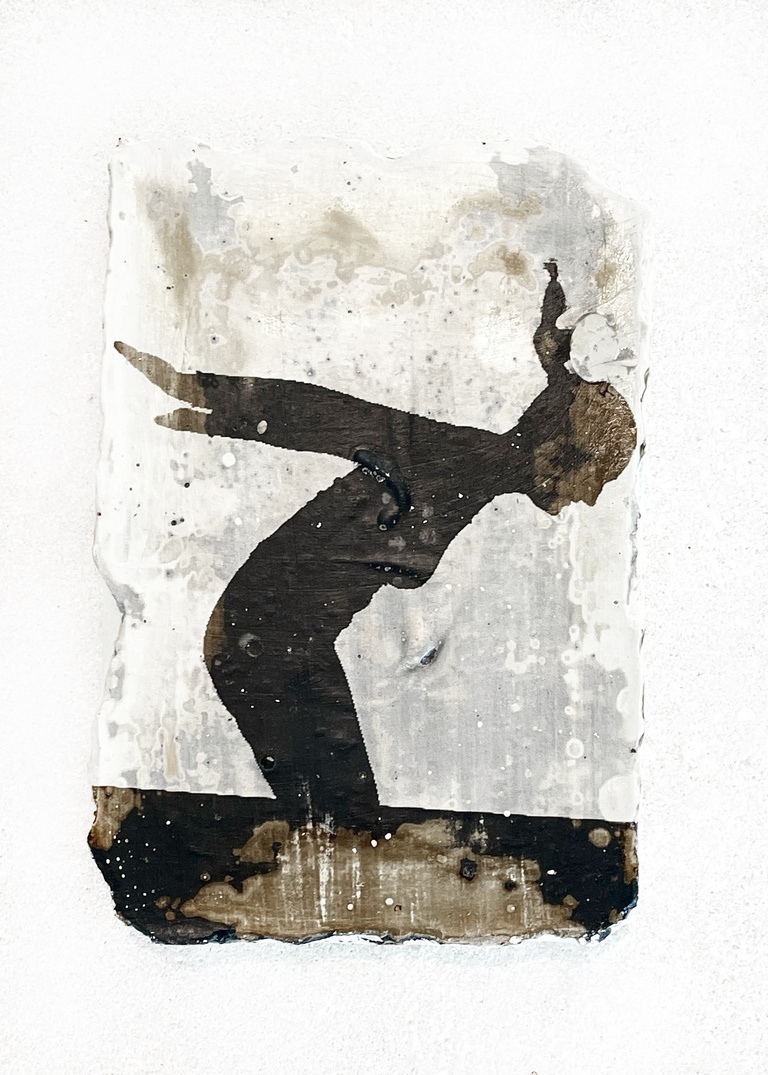
Info
BLUE VENUS
2024
The Institut National de Recherches Archéologiques Préventives (INRAP) and the Musée Départemental Arles Antique have invited leading figures from seemingly disparate backgrounds to come together for a unique exploration of the representation of the female body in the arts across the centuries. Among them are Pernelle Marcon, a para-athlete and political scientist; Valérie Delattre, an archaeoanthropologist at INRAP and a renowned expert in the archaeology of disability; and Marguerite Bornhauser, a visual photographer.
Inspired by these conversations and exchanges, Marguerite Bornhauser has created a new body of work that investigates the female body and the disabled body through a rich combination of photography, sculpture, and installation. Designed to be displayed within the permanent collection of the Musée Départemental Arles Antique, the project resonates profoundly with the archaeological context in which it is presented.
For this special intervention, the museum is temporarily removing its iconic plaster cast of the Venus of Arles and replacing it with a contemporary representation of womanhood conceived by the artist. To create this piece, Bornhauser drew upon materials sourced from the museum itself, allowing her to reflect on the institution’s past and present while establishing a dialogue between her own artistic practice and the historical works that surround it.
Using backlit photographs of Pernelle Marcon adopting theatrical, classical poses, Marguerite Bornhauser has produced a series of original silkscreen prints made without a traditional photo emulsion on Lunel stone in shades of blue, a color that resonates with the museum’s nickname, the blue museum. The silkscreens recall the painted wall finishes unearthed by archaeologists, creating a rich dialogue between past and present.
Marguerite Bornhauser is also presenting a set of black-and-white gelatin silver prints made on plaster blended with sand and natural pigments such as ochre and sienna. The porous surface of the plaster reacts to the photographic emulsion, causing the images to gradually fade over the course of the exhibition, and eventually disappear altogether. In this way, the artist underscores the vulnerability and impermanence of both the medium and memory.
Through these works, Marguerite Bornhauser questions the representation of women with disabilities and their persistent underrepresentation in the arts, while reflecting on the methods of archaeology and the passage of time. Her installation invites viewers to consider not only classical perspectives on the human form, but also the rich diversity of human experience, emphasizing stories that have historically been erased or forgotten.
Curated by Theresia Duvernay and Romy Wyche, this project underscores the ongoing transformation of our understanding of the human body and its representation. It invites us to reflect on the traces left by the past and to reassess whose stories are preserved and valued. By replacing the ancient Venus with a monumental, luminous glass sculpture, Blue Venus casts a new light on the female form — fragile yet powerful — making visible at last a modern woman in all her complexity and diversity.
The triptych was selected as the winner of the call for projects Inspiration, Creation and Disability, an initiative of the Ministry of Culture and the Organizing Committee of the Olympic and Paralympic Games in Paris 2024, and is supported by INRAP. The project is coordinated by Florence Moll, Fma le bureau.